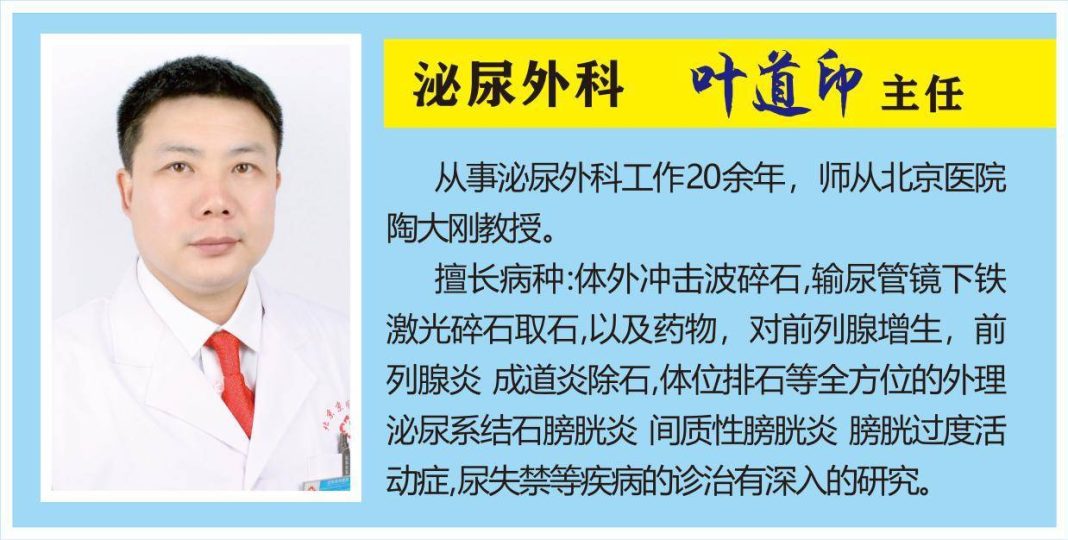Not only are tourist attractions crowded during the summer vacation, but also major hospitals’ urology departments performing circumcisions. Many parents opt for circumcision for their children’s future “sexual happiness.” However, many parents are concerned about the potential negative impact of circumcision on their children’s future lives. Today, Dr. Ye Daoyin from the Beijing Shun Urology Department is here to address this issue for all parents.
In fact, circumcision does not affect a child’s reproductive organ development. The presence or absence of the foreskin does not affect the normal function and development of the reproductive organs. On the contrary, the surgery can improve the child’s hygiene and reduce the risk of infection, which benefits the child’s health in the long run.
In addition, post-operative care is crucial for children who have undergone circumcision. The post-circumcision care should vary depending on the method used for the surgery.
1. If the circumcision was done using the Plastibell method, there is no need to bandage the wound. The child can start using a saline bath on the same day. The recommended solutions for the bath are diluted povidone-iodine or potassium permanganate solution. For povidone-iodine, we usually use a 1:5 ratio, meaning one part of povidone-iodine with five parts of previously boiled warm water for the bath. Potassium permanganate solution is theoretically at a 1:5000 ratio, but it can be challenging for laypeople to measure accurately. As a general principle, once the dissolved potassium permanganate turns a light red, it can be used for the bath. A deep red or purple color is not suitable. For traditional circumcision methods like the Gomco technique or the disposable Plastibell circumcision, the wound is generally bandaged for two to three days post-surgery, then the saline bath is used as well. The bath solution must cover the entire glans and incision edge, to be done 2-3 times a day for 3 minutes each time. After the bath, the area should be dried with a hairdryer to maintain dryness.
2. Post-surgery, it is advisable to wear loose clothing to avoid strenuous activities and reduce friction and pain around the wound.
3. After the bandage is removed, the child can take a shower. Post-shower, the wound should be washed with diluted povidone-iodine and dried.
4. Many patients with phimosis also have adhesions between the foreskin and glans. The separation process can create a new wound that may produce significant secretions during the healing process. Therefore, within the first few days post-surgery, a layer of yellow secretions may cover the glans and foreskin, eventually forming scabs. This is a normal occurrence. If there is excessive secretion, it can be gently wiped with a cotton swab.
5. Patients who underwent the Plastibell circumcision method need to have the bell removed after 8-10 days. Before removing the bell, soak the wound in diluted iodine for 10-15 minutes to reduce pain during removal.
6. Post-surgery, using anti-inflammatory medication can reduce postoperative infections and pain.
Dr. Ye Daoyin concludes by saying that circumcision is necessary for some individuals, such as those over 6 years old with obvious phimosis or recurrent balanitis, or scarring phimosis. For others, circumcision is recommended or has benefits, especially for cases of excessive foreskin, which, despite being cleanable, may still harbor bacteria due to excess inner foreskin, leading to local moisture. Parents with such concerns are encouraged to consult with Dr. Ye Daoyin or seek advice from reputable medical institutions.


